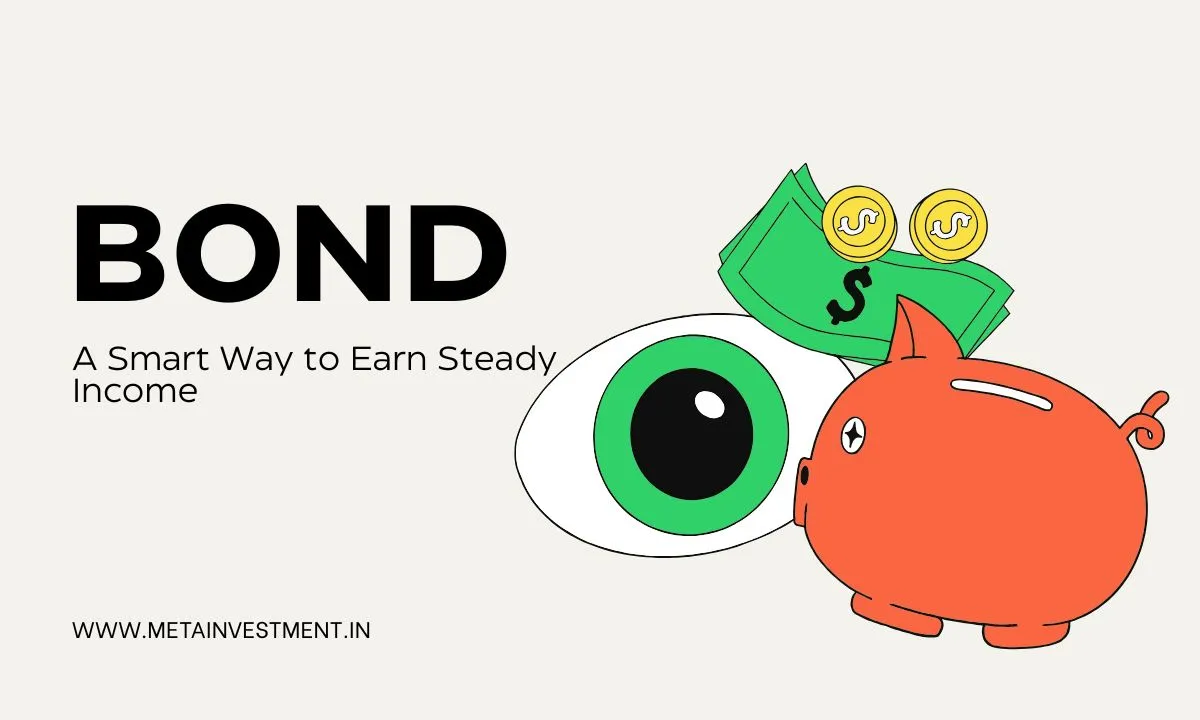In the world of fixed-income investments, bonds are one of the most reliable ways to grow your wealth while minimizing risk. Whether you’re a conservative investor or looking to diversify your portfolio, understanding bonds is essential.

What Are Bonds?
A bond is essentially a loan agreement between an investor (you) and a borrower (a government, corporation, or municipality). When you buy a bond, you’re lending money in exchange for regular interest payments and the return of your principal at maturity.
Key Features of Bonds
- Principal (Face Value) – The initial amount you invest, which is repaid at maturity.
- Coupon Rate – The fixed interest rate paid to bondholders, usually semi-annually.
- Maturity Date – The date when the bond issuer repays the principal.
Example:
- You invest ₹10,000 in a 5-year bond with a 6% coupon rate.
- You receive ₹600 per year (or ₹300 every six months) in interest.
- After 5 years, you get back your ₹10,000 principal.
Why Invest in Bonds?
✅ Steady Income – Bonds provide predictable interest payments, making them ideal for retirees or risk-averse investors.
✅ Portfolio Diversification – They balance riskier assets like stocks, reducing volatility.
✅ Capital Preservation – High-quality bonds (like government bonds) are low-risk, ensuring you get your principal back.
Types of Bonds
| Type of Bond | Issuer | Risk Level | Key Benefit |
|---|---|---|---|
| Government Bonds | National Governments (e.g., RBI) | Low | Safest option, backed by the government |
| Corporate Bonds | Companies | Medium to High | Higher yields, but dependent on company creditworthiness |
| Municipal Bonds | Local Governments | Low to Medium | Often tax-free, funding public projects |
Risks to Consider
⚠ Interest Rate Risk – Bond prices fall when interest rates rise.
⚠ Credit Risk – The issuer may default (unlikely with government bonds).
⚠ Inflation Risk – Fixed returns may lose value if inflation rises.
How We Can Help
At Meta Investment, we specialize in fixed-income investments and can guide you in:
🔹 Choosing the Right Bonds – Based on your risk tolerance and financial goals.
🔹 Analyzing Bond Offerings – Evaluating credit ratings, yields, and maturity terms.
🔹 Building a Balanced Portfolio – Integrating bonds with stocks and other assets for optimal returns.
Ready to invest wisely? Contact us today to discuss how bonds can fit into your financial strategy!











